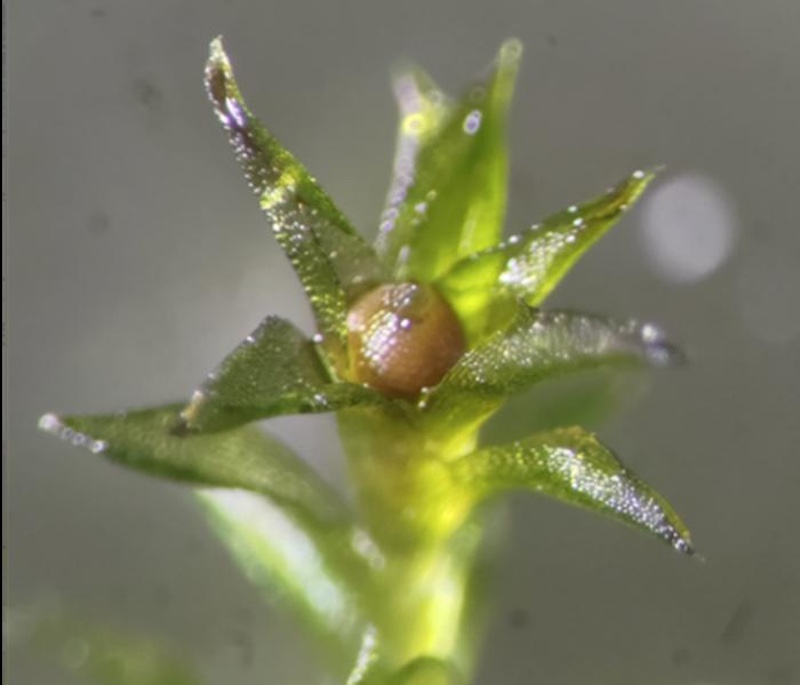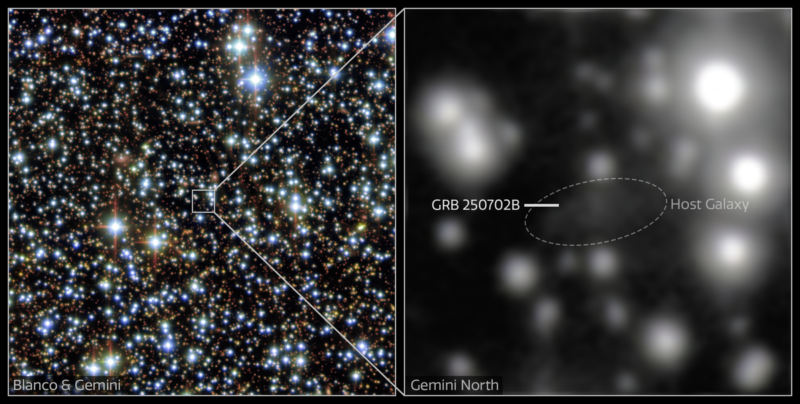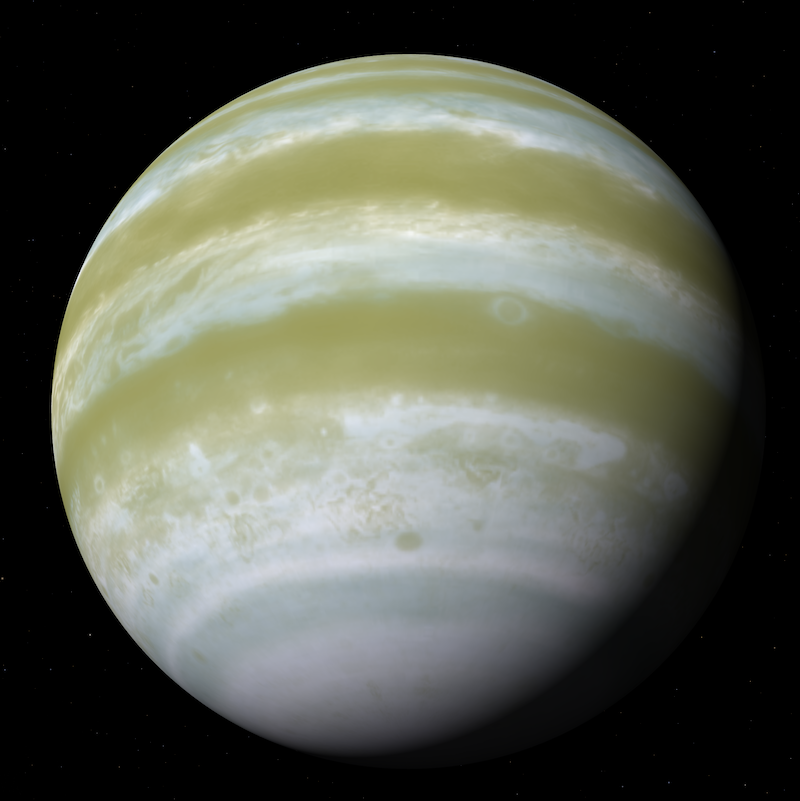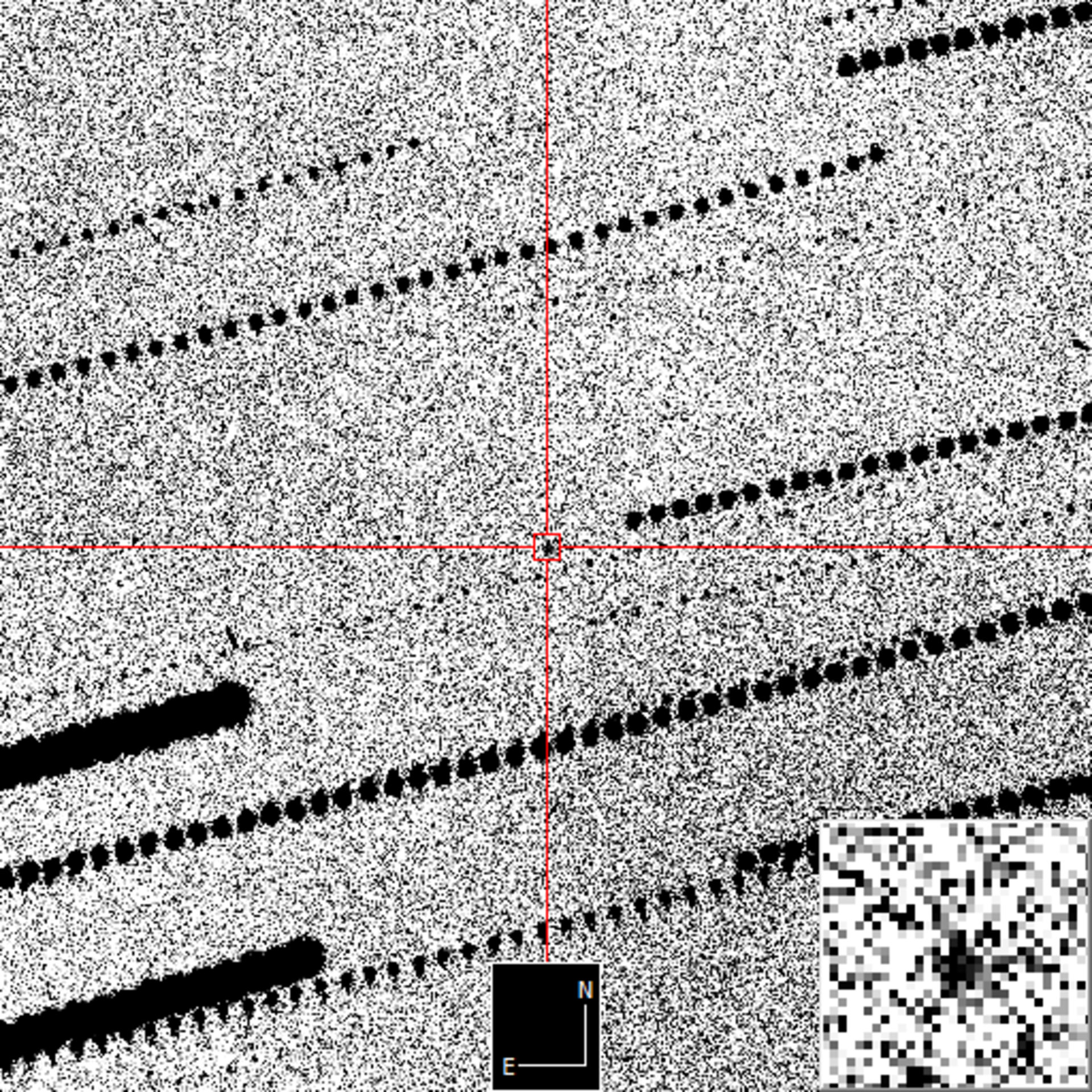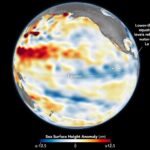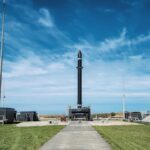Now Reading: New study says water in Venus’ clouds surprisingly abundant
-
01
New study says water in Venus’ clouds surprisingly abundant
New study says water in Venus’ clouds surprisingly abundant
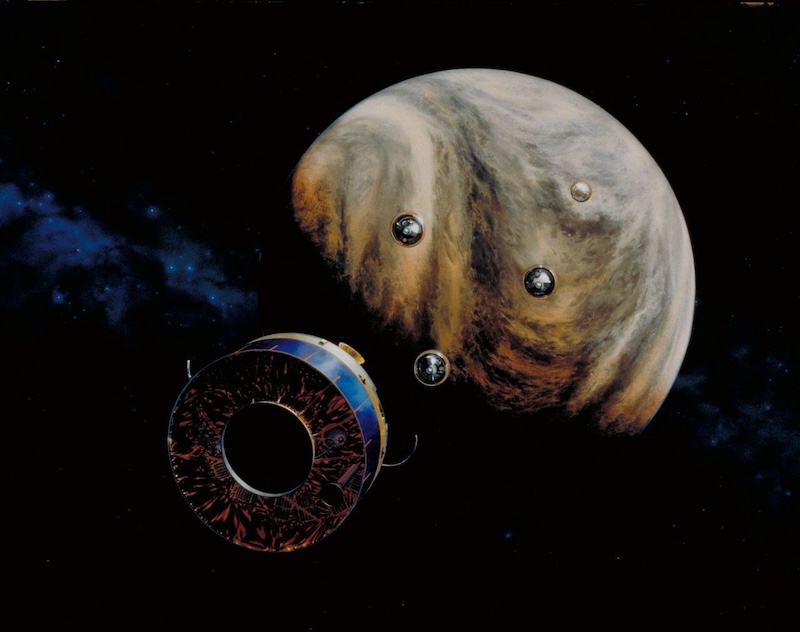
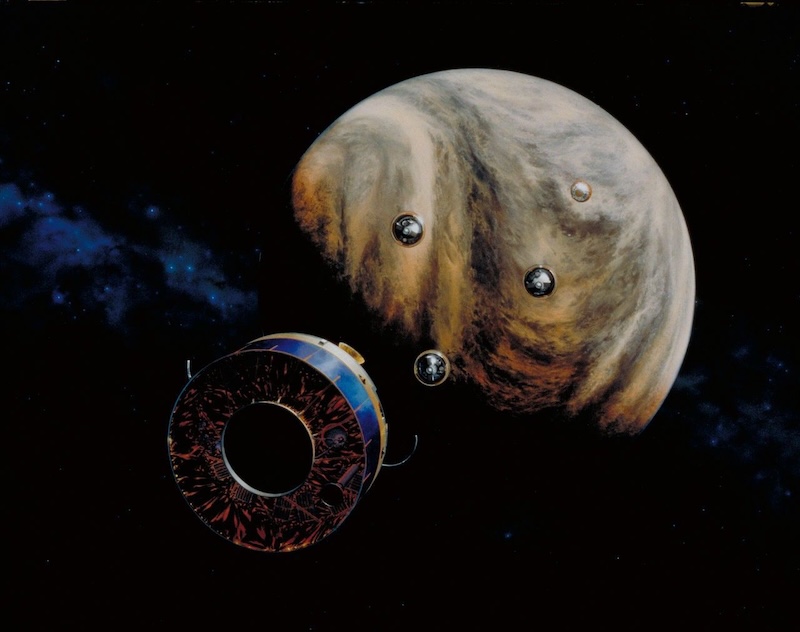
- Venus’ clouds contain droplets that are highly acidic. Scientists thought they were mostly sulfuric acid with some water. But is that true?
- A new analysis of data from the Pioneer Venus 2 mission in 1978 shows the droplets have less sulfuric acid and much more water than previous estimates, along with oxidized iron.
- Venus’ clouds could therefore be potentially more habitable for microbes than scientists have long thought.
A lot of water in Venus’ clouds
Venus is known for having highly acidic clouds with deadly amounts of concentrated sulfuric acid. But it turns out that might not be completely accurate. A team of scientists, led by Rakesh Mogul at California State Polytechnic University, Pomona (Cal Poly Pomona), said on September 26, 2025, that aerosols in Venus’ clouds contain a lot more water than previously thought – about 60% of the clouds’ composition – as well as oxidized iron. The researchers based the results on a reanalysis of archived data from the Pioneer Venus project in 1978.
And the results suggest the sulfuric acid is less concentrated and potent than scientists have thought. It could also mean a more habitable environment for possible microbial life.
Pioneer Venus 1 orbited Venus from 1978 to 1992. Pioneer Venus 2 consisted of a main spacecraft, one large probe and three small probes that descended through and analyzed the atmosphere before impacting on the surface.
The researchers published their intriguing peer-reviewed findings in JGR Planets on September 26, 2025.
Reanalyzing Venus’ clouds
The researchers reanalyzed data from NASA’s Pioneer Venus mission in 1978. In particular, they reanalyzed aerosols – tiny solid particles or liquid droplets – suspended in the atmosphere. Until now, the scientific consensus has been that Venus’ clouds are highly acidic, with droplets of concentrated sulfuric acid.
The data came from Pioneer Venus 2. Using the large probe neutral mass spectrometer and other instruments, they analyzed the composition of the clouds and atmosphere during the descent to the surface. As the large probe descended, it inadvertently collected aerosols in its intake inlets. Subsequently, the aerosols underwent thermal decomposition and released gases and compounds into the onboard instruments.
In addition, the team reevaluated the results from the old Soviet Venera and Vega landers in the 1980s.
Mogul and co-author Sanjay Limaye at the University of Wisconsin, Madison, discovered the inadvertent capture of the aerosols by Pioneer Venus 2 when they decided to take a fresh look at the mass spectral data from the large probe. They ultimately found an archived set of data on microfilm at the NASA Space Science Data Coordinated Archive office. Michael Way at NASA and Mikhail Zolotov at Arizona State University then also became co-authors of the new study. That data had remained largely forgotten after the mission in 1978.
Very interesting: Venus' Cloud Aerosols Contain Reservoirs of Water and Iron www.cpp.edu/news/content…
— Prof. Abel Méndez (@profabelmendez.bsky.social) 2025-10-01T21:32:34.354Z
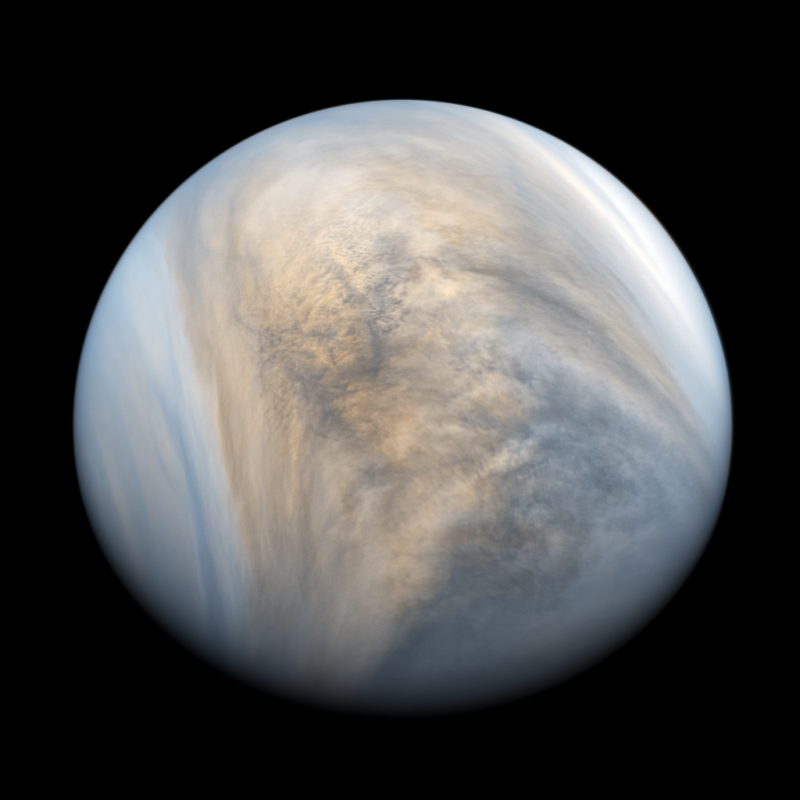
Surprise! There’s an abundance of water in Venus’ clouds
The reanalysis found evidence of water (H2O), sulfur dioxide (SO2), molecular oxygen (O2) and iron oxide (Fe2O3). But the results also suggested something surprising. Yes, the clouds contain sulfuric acid, too. But not as much as previously thought. And a lot more water, about three times as much as previously estimated, in fact. The water constitutes about 60% of the aerosols by mass.
Scientists had thought Venus’ atmosphere is extremely dry, with the aerosol droplets in the clouds composed mostly of sulfuric acid and some water. But it might actually be the other way around, according to the new results. While the droplets are still acidic, the sulfuric acid is a lot less concentrated – and potent – than scientists thought. The droplets also contain oxidized iron.
Further, the water is bound in hydrates – or water-bearing compounds – such as hydrated ferric sulfate, hydrated magnesium sulfate and other hydrates.
The researchers said multiple lines of evidence support the new interpretation of Venus’ clouds and aerosols.
Mogul explained:
Together, these direct measurements in Venus clouds highlight reservoirs of water and iron in the aerosols, and suggest that the iron may arise from the input of cosmic materials. This type of aerosol composition, which was not previously known, presents new considerations for cloud chemistry models, cloud habitability discussions and the continued and vigorous exploration of Venus.

Are the clouds of Venus habitable?
The findings have significant implications for the possibility of Venus’ clouds – especially at the altitudes with Earth-like temperatures – being habitable for microbial life. This brings to mind, of course, the reported discovery of phosphine in those regions. On Earth, phosphine is produced mostly by microorganisms. And microbes exist in Earth’s atmosphere, just like everywhere else on the planet.
Scientists considered the high concentrations of sulfuric acid in the clouds to be a big problem, however. But if the aerosol droplets are actually more water than acid – the opposite of what has been assumed – then perhaps they could be a more habitable environment after all. It depends whether microbes could access and use the water hydrates and what form the hydrates are in.
Typically, on Earth, microbes can’t use water chemically bound in crystalline structures. But they can use bound water, when the water molecules are in extremely thin films on mineral surfaces, only a few molecules thick.
The new study doesn’t make any direct conclusions, but it does show that maybe, just maybe, Venus’ atmosphere could support some kind of life, way above its hellishly hot surface.
Bottom line: A new reanalysis of data from the Pioneer Venus 2 mission in 1978 shows that water in Venus’ clouds is much more abundant than previously thought.
Read more: ‘Invisible’ asteroids near Venus: A new danger to Earth?
Read more: Venus’ clouds could soon be brought to Earth
The post New study says water in Venus’ clouds surprisingly abundant first appeared on EarthSky.
Stay Informed With the Latest & Most Important News
Previous Post
Next Post
-
 012024 in Review: Highlights from NASA in Silicon Valley
012024 in Review: Highlights from NASA in Silicon Valley -
 02Panasonic Leica Summilux DG 15mm f/1.7 ASPH review
02Panasonic Leica Summilux DG 15mm f/1.7 ASPH review -
 03From Polymerization-Enabled Folding and Assembly to Chemical Evolution: Key Processes for Emergence of Functional Polymers in the Origin of Life
03From Polymerization-Enabled Folding and Assembly to Chemical Evolution: Key Processes for Emergence of Functional Polymers in the Origin of Life -
 04How New NASA, India Earth Satellite NISAR Will See Earth
04How New NASA, India Earth Satellite NISAR Will See Earth -
 05And Thus Begins A New Year For Life On Earth
05And Thus Begins A New Year For Life On Earth -
 06Astronomy Activation Ambassadors: A New Era
06Astronomy Activation Ambassadors: A New Era -
07SpaceX launch surge helps set new global launch record in 2024












